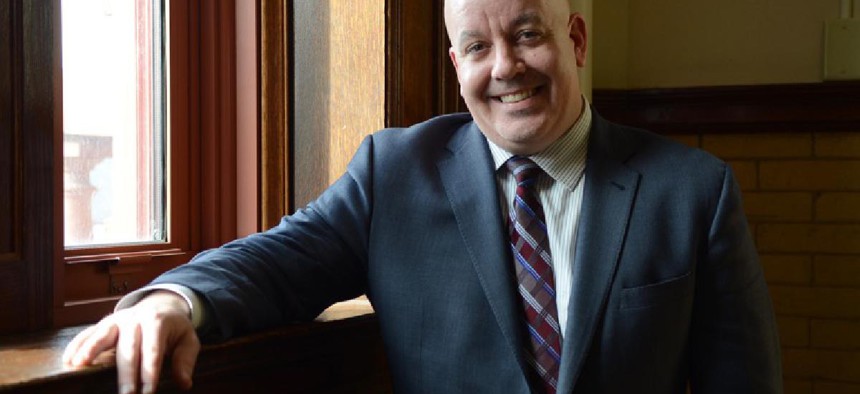Policy
Q&A with John Starkey, head of Buffalo’s Lafayette High relaunch

John Starkey moved away from Buffalo in 1999, but he never really left. During his 17 years as a Western New York expat, the educator returned often and kept a close eye on his hometown, paying particular mind to the growing refugee and immigrant community, a population that has been central to his professional life. Starkey, who rose through the ranks of the New York City school system to become a principal at some of the city’s more challenging schools – The International High School at LaGuardia Community College, the Bronx High School of Business, Peace and Diversity Academy – has returned to Buffalo and is at the helm of a restart for Lafayette High School, which was closed after persistently low achievement. The school, which takes in most of the city’s growing number of foreign-born students, is being reintroduced by Starkey and a host of community partners under the Internationals Network for Public Schools model, a system he knows from his time running The International High School in New York, which had on-time graduation rates above 60 percent. Lafayette had a graduation rate of 32 percent last year, doubling the number from the previous year.
Starkey, who has the rare distinction of being well received by teachers, the resettlement community and the entire school board, sat down with City & State reporter Justin Sondel to discuss the phase-in of the new school next year. The following is an edited transcript:
C&S: You said that you have always kept a close eye on the Buffalo school district and general developments in the city. What made you decide that the time was right for a return?
JS: For the last 17 years I’ve been coming back as much as I can and just watching the growth of the city and the rise of the English language learning community. So that really grabbed my attention just because that’s what I was doing since I was in Buffalo and then once I left Buffalo, always working with that population. I thought I might have picked up a couple of things in my experiences and that maybe I can pitch in a little bit to what’s going on here and that would be a good niche for me. In order for me to come back professionally – even though personally I was coming back frequently on the weekends, vacations – I needed the right situation to be in, just because what we were doing in New York was so cutting edge and so gratifying professionally, I wanted to make sure that whatever I got into here was something that could be innovative and that there would be some autonomy.
C&S: Buffalo public schools have a reputation for being politically fraught and a sometimes difficult place, for a number of reasons, to instill change. What makes you confident that you will be able to succeed in that environment?
JS: I was a little reticent given the climate in Buffalo, politically and educationally. I didn’t want to come and be stifled, have the parameters in which we were working be so tight. With Superintendent Kriner Cash (formerly the superintendent of Memphis schools) coming on board and having heard from a colleague of mine at the Early Middle College Consortium who was a guru of the early middle college schools that were opened in Memphis, she had let me and some of the other people in Buffalo affiliated with the Early Middle College Consortium know that this is a guy that, as long as it’s producing results that are positive for kids, he’ll support innovation.
C&S: The Buffalo and New York City school districts differ in many ways, particularly in mayoral control in New York City, which gives more room for innovation and change. Do you see any issues with the Internationals model translating to the much smaller and more tightly controlled Buffalo district?
JS: I think a common misconception around the Internationals model or any dynamic curricular or school redesign model is that it comes in kind of a three-ring binder. The Internationals model is not cookie cutter. I think the reason that it is innovative is because everywhere that it’s implemented, it’s implemented differently, depending on the population.

NEXT STORY: New York City’s public hospitals face funding crisis